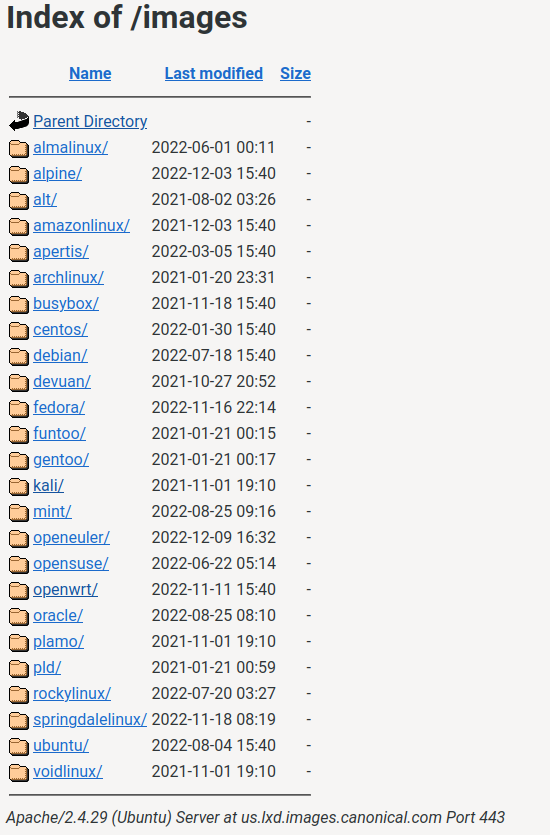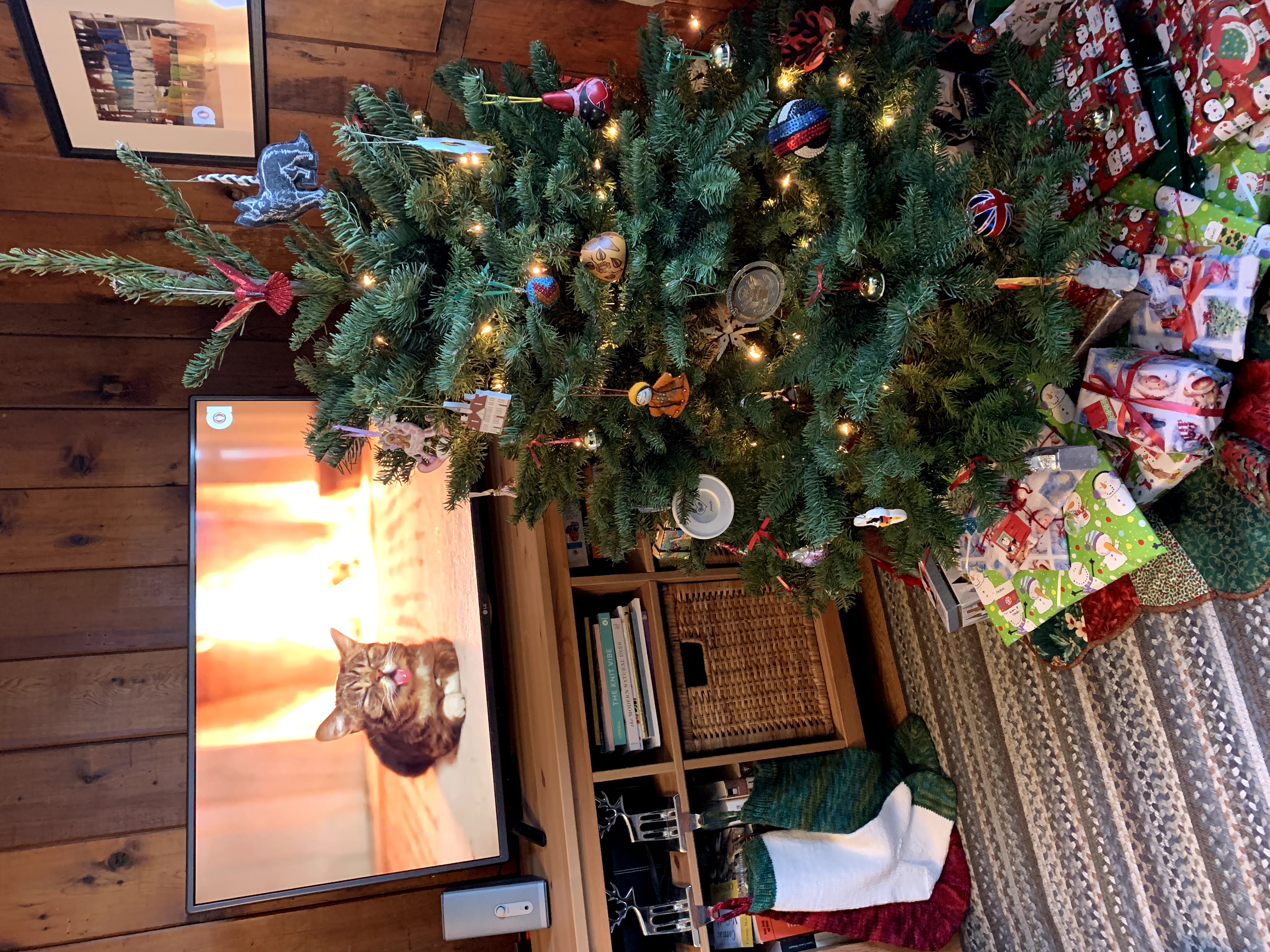Imaginative Realities
Cyber Security and Stray Thoughts
-
Installing Game of Active Directory on Proxmox: Part 5 - Ansible
This is part 5 of my series on Orange Cyberdefense’s Game of Active Directory (GOAD) on Proxmox VE. In the fourth installment I covered how to use Terraform to create the Windows VMs. In this post we’ll configure the individual Windows VMs using Ansible to create the final GOAD topology.
-
Installing Game of Active Directory on Proxmox: Part 4 - Terraform
This is part 4 of of my series on Orange Cyberdefense’s Game of Active Directory (GOAD) on Proxmox VE. In the third installment I covered preparing templates and creating them in packer in preparation of creating the GOAD machines. In this post we’ll deploy the domain and its machines using Terraform.
-
Installing Game of Active Directory on Proxmox: Part 3 - Templating
This is Part 3 of my series on Orange Cyberdefense’s Game of Active Directory (GOAD) on Proxmox VE. In the second installment I covered creating a provisioner machine in Proxmox and installing Packer, Terraform and Ansible in preparation of creating the GOAD machines. In this post we’ll create templates for future deployment of the individual AD DCs and servers.
-
Installing Game of Active Directory on Proxmox: Part 2 - Provisioner
This entry consists of Part 2 of my series on Orange Cyberdefense’s Game of Active Directory (GOAD) on Proxmox VE. In my previous post, I covered networking for the entire Active Directory setup. In this post we’ll create a Linux provisioner machine on the LAN that will later be responsible for creating, deploying and configuring the Active Directory DCs and servers.
-
Installing Game of Active Directory on Proxmox: Part 1 - Networking
Scope of This Series
In this series of blog posts I detail how to install Orange Cyberdefense’s Game of Active Directory (GOAD) on Proxmox VE. These posts closely follow Mayfly277’s canonical guide, except that I configure GOAD on a locally hosted Proxmox VE server with an already established default network bridge connected to a true LAN. So if you’re having trouble, whether with my guide or Mayfly277’s, you may want to visit Mayfly277’s blog to compare and correlate our steps to identify where your setup may differ from each of ours.
-
Unofficial CT Templates In Proxmox

-
Enabling SPICE for Proxmox VMs
Here I’ve written up a brief post on how to use the SPICE protocol for interacting with your Proxmox Virtual Machines (VMs).
-
Proxmox Homlab Design & Install
 Here are some loose thoughts on how I set up my Proxmox VE server. I cover an assortment of topics up to running my first virtual machine (VM); just my homelab design theory, the install and some initial config.
Here are some loose thoughts on how I set up my Proxmox VE server. I cover an assortment of topics up to running my first virtual machine (VM); just my homelab design theory, the install and some initial config. -
An Anthropologist's Encounter with Tumbleweed
OpenSUSE Tumbleweed is technically a great system. I’d even go so far as to say it gives gateway-drug distros, like Linux Mint or Ubuntu, a run for their money in terms of ease and desktop-friendly polish. The Snapper integration to support the rolling release model is just damned elegant. I’m using it on a secondary machine at this moment.
-
A Basic LAMP Stack Install Guide
This post is dedicated to an example build of that staple of self-hosted, web-based, home projects: the LAMP stack. For those that don’t know, the LAMP stack is the foundation of creating a web server. These folks define the LAMP acronym as Linux, Apache, MySQL, and PHP, though there are substitutions such as Perl or Python to that last for dynamic scripting in web pages. Basically, if you want to host your own web pages, whether on your internal network or on the public internet, the LAMP stack is your first stop on a journey of all things web-server based.
-
Rsync and Cron for Manual Network Backups
I’ve got a Synology Network Attached Storage (NAS) appliance with the DiskStation Manger (DSM) OS and so far I’ve been happy. While Synology has its own apps to provide backup capabilities, and there are other 3rd party options, I wanted to learn more about a ubiquitous service on Linux distributions called rsync. Though rsync can run through manual input, I also wanted to create scheduled backups, so that is where Linux’s native automation service cron comes in.
-
The Why and How of Self-hosting FreshRSS
Installing and setting up FreshRSS was another really simple self-hosted project. The author of FreshRSS devised an automated docker container install that is super easy to deploy. I recently rebuilt one of my Raspberry Pi 3B+s to upgrade the OS, and so reinstalled FreshRSS as well. Given that I did it so recently, and that the product has been so easy and stable, it deserves a nod! So here are some thoughts as to why and how I went about building FreshRSS at home.
-
Installing Pi-hole on a RPI3B+
I hesitate to write up my experience installing Pi-hole because, even back in 2019, the installation was a snap. As it turns out, I had to go through this process again in 2022 when I updated the OS on my Raspberry Pi. Still, because installing Pi-hole was my first experience with Linux it deserves the write-up treatment. It was also my first experience completing a project using CLI tools. I have to pay tribute to that victory, to that event that helped me see the virtue of Unix machines. So buckle up for my take on installing Pi-hole!
-
Compiling Wallabag & Self-Hosting in 2019
Following on the success of setting up my first Raspberry Pi with PiHole, I picked up a second to continue tinkering. For the second I purchased a Raspberry Pi 3b+ and installed Wallabag. Wallabag is a “read-it-later” style service that allows you to save web pages as text. The app works on a LAMP stack creating a database of annotations and tags for the web pages you save as part of a personal database.
-
Some Thoughts on the Arc'Teryx Incendo Hoody (2021)

-
Season's Greetings

-
Foundation as a Renewal of Tech's Utopian Myths? A Close Viewing
Why did episode four of Foundation prompt a strong response in me? I came to this series without any prior knowledge of the source material. I didn’t have the kind of investment in it that Paul Krugman does, for instance.
-
Quick reviews
We Moved!
-
Reflections for December
Apologies for the scarcity of posts. Our family faced a number of challenges over the past few months, not least of which included getting me back into the job market. Its been a busy time, so here is a reflections post on some reading and hiking I’ve done since I last posted.
-
Season's Greetings
Good tidings to all, and may you have a much improved new year!
This year our tree was enormous:

-
Reflections for August
I finished Noumenon by Marina J. Lostetter last week. I’ve read science fiction (SF) on and off over the years but this past six months SF has consistently been on my nightstand. Perhaps that reflects a desire to escape? Ha.
-
Reflections
I’ve been working on a post using an anthropological view to understand outdoor gear. I haven’t quite put down everything I want to say, so here’s some reflections on recent doings.
-
Wacquat's Prisonfare and the Production of Institutional Racism
“there exists a deep structural and functional connection between market rule and punishment after the close of the Keynesian-Fordist era.” (Wacquat 2012:67)
-
Why I named this blog Imaginative Realities
The title for this blog comes from this research into imagination and performance to express how our fictive beliefs and our (potential) futures hold powerful sway over our experiences and understandings of politics. To describe this interaction between subjective experience and political institutions thinkers have used terms such as “the fantastic,” “the magical,” “the phantasmic,” or “the make-believe.” I’ve attached the quotations above to spotlight one of my favorite thinkers on this subject, Begoña Aretxaga. I find Aretxaga’s passage (see below) endlessly fascinating for thinking through questions of how humans are able to organize and manage themselves in political arrangements such as states. Imagination and performance, as it turns out, are far more critical to understanding how political arrangements come about than some might think given common association of these terms with the intangible or artistic.